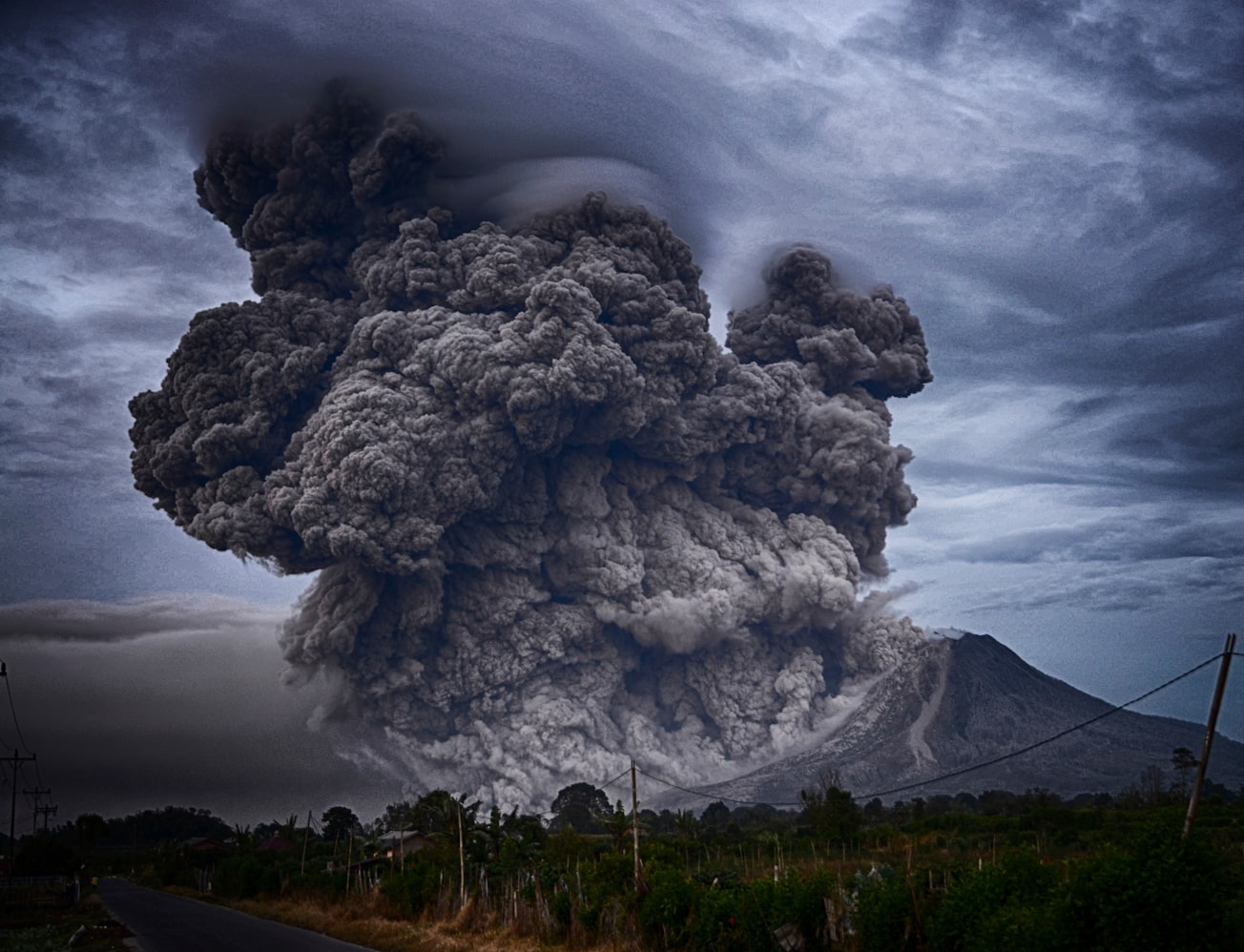What is it about?
Giant landslides have affected volcanic islands spectacularly but the causes of failure are difficult to decipher as the conditions at the time of failure cannot easily be known for these pre-historical events and therefore alternative approaches are need to develop understanding. As growth over thick pelagic mudrocks has been suggested to be one cause of slump-like movement in volcanic islands such as Hawaii, this study sought to find variations in landslide incidence for islands on young oceanic crust where pelagic sediments are less significant. A census of landslide incidence was developed from various morphologic data. As is well known, landslides are common, but landsides are uncommon in edifices shorter than ~2.5 km. The text discusses several possible explanations for such a transition, such as varied permeability structures - tall edifices may contain more compacted materials and are thus less permeable, allowing pore pressures to rise, influencing effective stresses and edifice stability. The 2.5 km transition is also similar to the depths of ridge axes, so some of the change may relate to instability effects near sea level.
Featured Image

Photo by Yosh Ginsu on Unsplash
Why is it important?
The finding of an edifice height threshold above which landslides become common but below which they are rare should prompt further analysis of the factors influencing the structure and dynamical behaviour of edifices over this region.
Read the Original
This page is a summary of: Susceptibility of mid-ocean ridge volcanic islands and seamounts to large-scale landsliding, Journal of Geophysical Research Atmospheres, January 2003, American Geophysical Union (AGU),
DOI: 10.1029/2002jb001997.
You can read the full text:
Contributors
The following have contributed to this page







